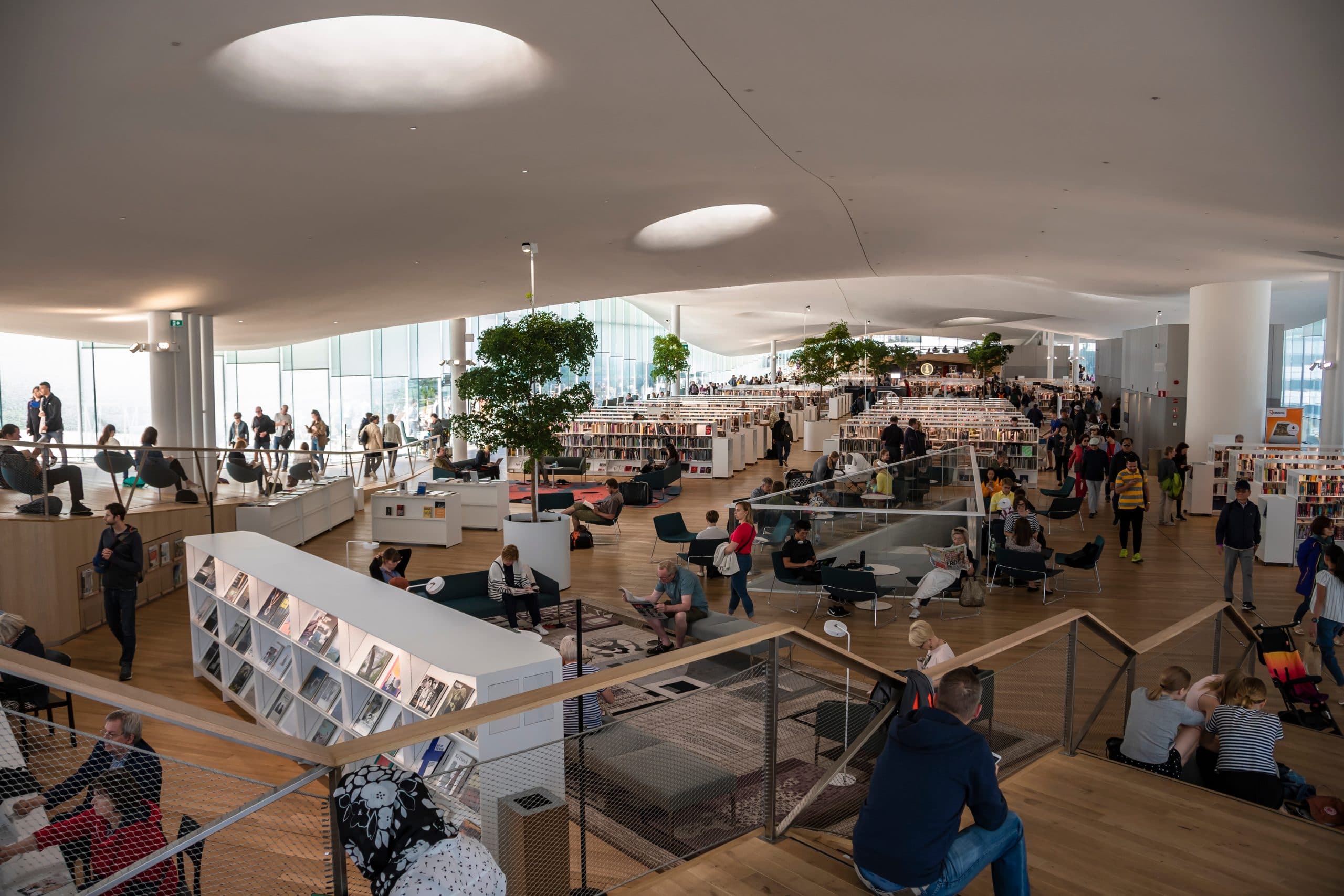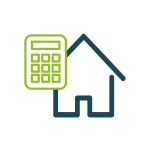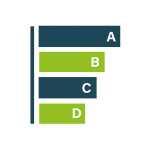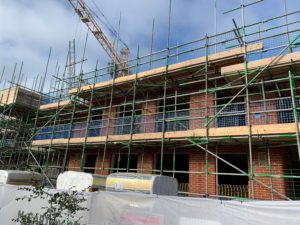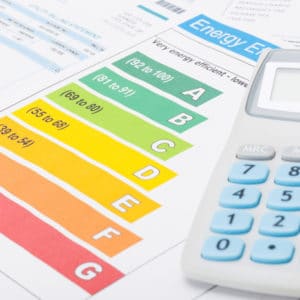Display Energy Certificates (DECs) show the energy performance of non domestic buildings based on their actual energy consumption. Here we discuss what DECs are, why you need them and how to get them.
Buildings that are owned by public authorities and visited by members of the public are legally required to have a visible and up to date Display Energy Certificate (DEC). If failed to do so, legal action can be taken by authorities. Let’s make sure this doesn’t happen to you!
So, what is a display energy certificate? Design Energy Certificates are designed to show the energy performance of public buildings. It is very likely that you have already been introduced to a DEC in a hospital, school or leisure centre.
As always, we are here to help make your life as easy as possible. In this blog, we will guide you through the ins and outs of Display Energy Certificates and show how you can obtain a certificate of your very own. Keep reading to find out everything you need to know about the Display Energy Certificates.
What is a display energy certificate?
DECs rate a building’s actual energy performance against previous benchmarks whilst also taking into consideration the way in which the building is being used. Display Energy Certificates (DECs) provide you with an operational rating that represents comparative energy efficiency. This is measured on a A to G scale and will show how efficiently energy in the building has been used.
The rating system might seem tricky, but we promise it is actually super simple. Buildings graded A are the most efficient with energy performance while buildings graded E and below are seen to be less efficient. This is the operational rating in more detail (A being the most efficient and G being the least):
A: 0 – 25
B: 26 – 50
C: 51 – 75
D: 76 – 100
E: 101 – 125
F: 126 – 150
G: Over 150
But, how does a building’s energy performance get calculated? To calculate the operational rating, a low carbon energy assessor looks into specific information such as type of building, total floor area, annual energy use and heating/cooling methods.
Another great aspect of the Display Energy Certificate is the advisory report. This provides useful recommendations on how to improve your building’s energy performance with suggestions such as:
- management
- operational improvements installation of low or zero carbon technologies
However, for this to happen, you will need to provide the low carbon energy assessor with information such as how the heating and cooling of your building is controlled, the type of lighting used and finally onsite energy generation. Make sure to have all of these documents prepared for a quick and easy service.
Do I need a display energy certificate?
It depends on your building type! Display Energy Certificates (DECs) need to be displayed in buildings that are over 250m2, occupied by public authorities and frequently visited by members of the public. Examples of such buildings are:
- Schools and universities
- Leisure centres
- Hospitals
- Healthcare centres
- Police stations, prisons and courts
- Museums and art galleries
It is a requirement that DECs are made clearly visible to members of the public, for example, behind a front desk or building entrance. If you do not have a DEC displayed in a clearly visible area in your building, a local authority is able to issue you a penalty charge notice of £500 and £1,000 for failing to possess a valid advisory report. You will also be required to commission the documents otherwise further offences would be committed. To avoid penalties, make sure to check whether you have your DEC in a visible area and that the certificate is up to date. You certainly don’t want that hefty bill coming your way!
How long does a display energy certificate last?
We wish we could give you a simple answer, but it all depends on the size of the property (total useful floor area). If the building is between 250m2 and 1000m2, both the DEC and advisory report will be valid for 10 years. However, if the building is more than 1000m2 then the Display Energy Certificate will only be valid for 1 year meaning it will need to be reviewed annually. Although, the advisory report will be valid for 7 years to give you enough time to make the necessary changes to the building.
What is the difference between a display energy certificate and an energy performance certificate?
Whilst Display Energy Certificates are needed all year round for public buildings, the Energy Performance Certificate (EPC) on the other hand, is just needed when a building is being sold, rented or constructed. The certificate gives you proof surrounding how energy efficient your property is as well as showing any areas of potential savings on energy cost (which is a bonus!). Energy Performance Certificates are formed from the SAP scoring criteria and are calculated looking into areas such as construction materials, heating systems, solar gains, thermal insulation and much more.
Overall, a DEC is used to show how much energy the building is actually using over a period of time. Whereas an EPC shows the theoretical efficiency of a building. For more information on the role of an EPC (and how this could differ to DEC), check out our EPC and SAP blog.
Who can issue a display energy certificate?
This is where we come in! Here at Buildpass, we are qualified to access your building, calculate your operational rating and provide you with a Display Energy Certificate. We will also provide you with the advisory report and help you with the next steps on how to increase your operational ratings score – great, right? For more information on the services we offer, check out our ‘How we can help’ page.



